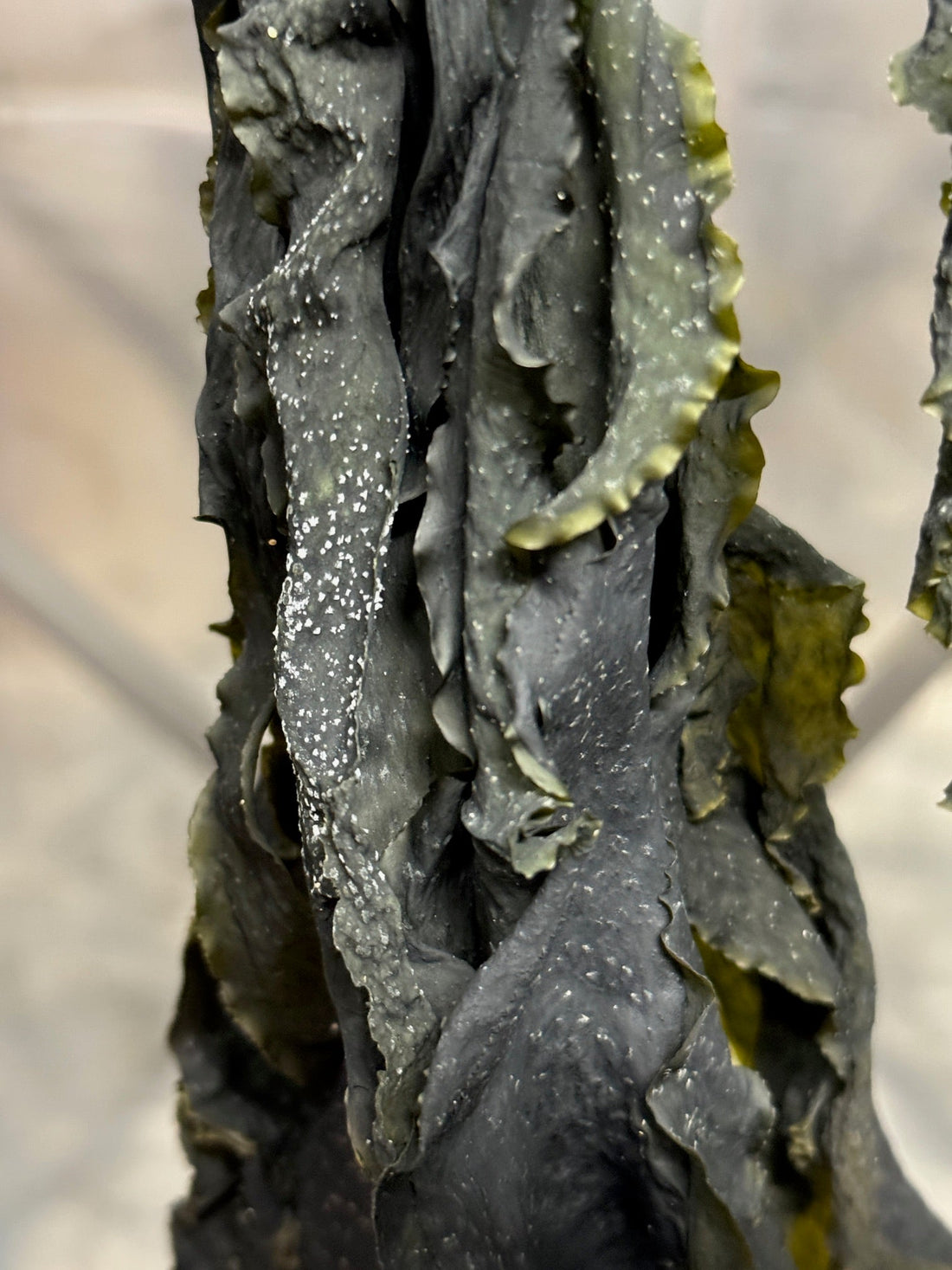What is Umami?
Umami is one of the five basic tastes, alongside sweet, sour, salty, and bitter. It’s often described as a savory or "meaty" flavor. The term umami comes from the Japanese word for "delicious" or "pleasant savoury taste," and it was officially recognized as a distinct taste in the early 20th century by Japanese chemist Kikunae Ikeda.
Umami is primarily associated with foods that are rich in glutamates—natural compounds found in many protein-rich foods. It is often enhanced by the presence of other amino acids and nucleotides, such as inosinate and guanylate.
How Kelp Contributes to Umami
Kelp (and other seaweeds) are an excellent source of natural umami. This is due to the high concentration of glutamic acid, a type of amino acid that enhances umami taste. Kelp's umami flavor is often used as a foundational element in broths (like dashi, a traditional Japanese soup stock) because it imparts a rich, savory depth to dishes.
The glutamates in kelp interact with the taste receptors on the tongue to produce the savory, umami sensation. Additionally, kelp contains inosinate, which enhances the umami effect when combined with glutamate.


